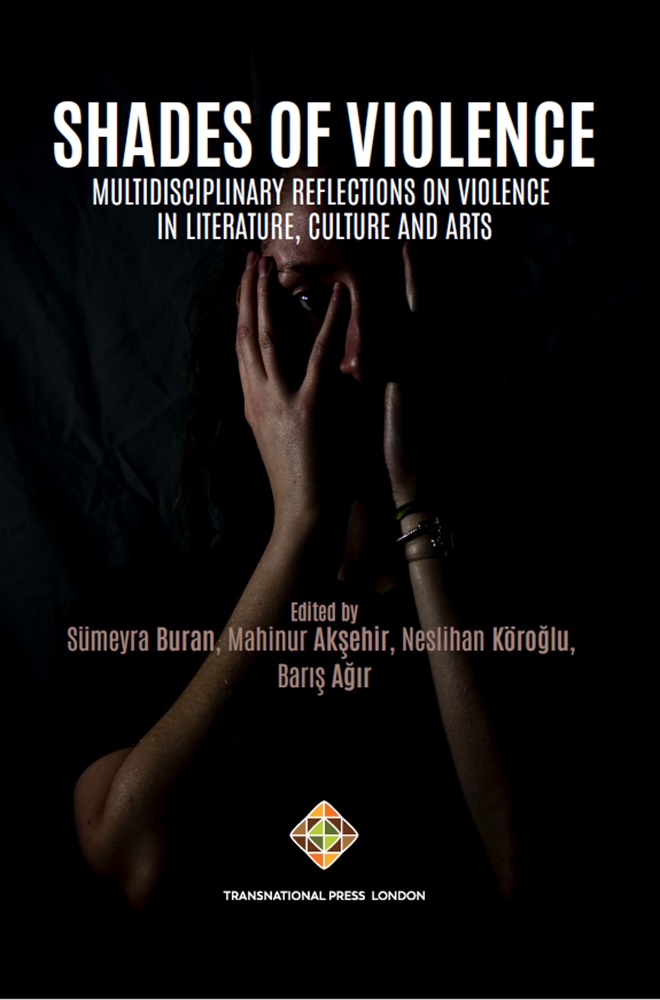A Posthumanist Call Against Violence In Don Delillo’s Ouvre
A Posthumanist Call Against Violence In Don Delillo’s Ouvre
Author(s): Muhsin Yanar
Subject(s): Studies in violence and power, American Literature
Published by: Transnational Press London
Keywords: violence; shifting; visible; invisible; frontal; viral; brute; force; mediated force; real; virtual; physical; psychological;
Summary/Abstract: Today violence is shifting from the visible to the invisible, from the frontal to the viral, from brute force to mediated force, from the real to the virtual, from the physical to the psychological, from the negative to the positive, withdrawing into the subcutaneous, subcommunicative, capillary and neuronal space, creating the false impression that it has disappeared […] (Byung-Chul Han, Topology of Violence, 2011; 2018)Portrayals and depictions of violence –economic, political, cultural, or environmental– are one of the subject matters in modern American literature, notably in the works of Don DeLillo. Violence in its various forms and practices, often justified in a Machiavellian manner, is used to establish, and maintain power and authority, leading to its normalization and celebration. However, the forms and/or acts of violence in various settings raise significant ethical concerns that require urgent critical examination. It is quite clear that Titus Andronicus is not a play for the faint-hearted. Violence takes the form of physical, mental, and verbal expressions throughout the play, shocking its audience since it was first performed around the end of the sixteenth century. The play opens with a proposition to the worthy soldier Titus Andronicus: Will he choose to “help set a head on headless Rome”? (1.1.186). Rome being defined as a mutilated body from the very beginning of the play signals to what extent its citizens will suffer from the chaos ruling over it. Without a king, a central figure of authority, savagery will ensue. Nonetheless, a king without competence will also lead the people to barbarism. Titus follows the ancient order of picking the eldest son Saturninus as the king, restores a ‘head’ to Rome, and thus paves the way for his own destruction. Saturninus clearly does not deserve his position, as displayed by his weakness in being controlled by the Queen of Goths, Tamora. The state is compromised by the presence of not only a woman, but a foreign woman, who castrates Saturninus’ authority and warns the audience of what dangers lie ahead if the state is not controlled by an almighty king. This worship of patriarchal power and order is a direct representation of the Elizabethan society ruled by a Queen with “the heart and stomach of a king, and of a king of England too” (Tilbury Speech, 1588). As Andrew Hadfield argues, “Titus is not simply a play about the decline of the Roman republic but deals explicitly with the political issues and choices raised by the history of Rome,” a history that was studied in detail by the English authors of the time (2005, p. 100). The play’s extreme display of violence simultaneously portrays and challenges the very dynamics of the era it was produced in. As it is customary with Shakespeare, the play appears to present a traditional plot on the surface: A state is on its way to destruction without a proper king, but in the final moments, it is saved by the restoration of monarchy owing to the very laws that have made the state great in the first place. Nonetheless, on a deeper level, the play challenges the fundamental values of Elizabethan society through various instances of violence. Titus remains loyal to the laws of Rome until the end of his wit, and yet, he faces extreme punishment on stage, forcing the audience to question ancient traditions. While Titus seems to take the lead in punishment in the form of the Roman self, Tamora and the Goths embody the figure of the other, thus creating a self versus other dichotomy. Nonetheless, the existence of Aaron complicates the matters further since he represents neither the Romans nor the Goths. He stands in an in-between space where all the blame can be placed upon him as a mischievous evil figure without taking into consideration that almost all characters, with the exception of Lavinia, perform extreme manners of violence. Titus Andronicus represents Romans as the ideal self for the Elizabethan society while situating the Goths as what I call ‘familiar strangers’. Furthermore, the play creates a ‘blind spot’ with Aaron, the designated villain of the story, who does not even have any desire for redemption. Therefore, this article aims to explore how various forms of violence are justified when committed in the name of an idealized civilization like Rome whereas it is condemned when demonstrated by others who do not fit into the understanding of civilization in Titus Andronicus.
Book: Shades of Violence: Multidisciplinary Reflections on Violence in Literature, Culture and Arts
- Page Range: 23-42
- Page Count: 20
- Publication Year: 2023
- Language: English
- Content File-PDF

